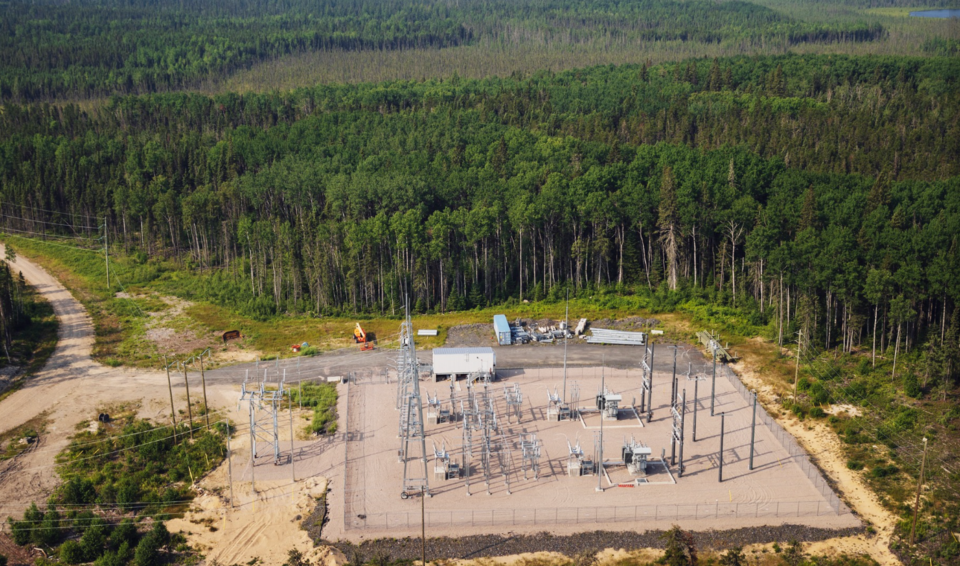Though there are five remote Indigenous communities that still await connection to grid power, Wataynikaneyap (Watay) Power is declaring that its close to $2-billion power line project in northwestern Ontario is now complete.
Watay held a celebration in Thunder Bay on Dec. 11.
“This gathering marks the achievement of First Nations working together tirelessly for 35 years to connect the communities to the transmission grid,” said Watay Power CEO Margaret Kenequanash.
“Well before this project started in 2008, the First Nations in the area agreed to work on energy as a regional issue. Owning infrastructure in our homelands and building a solid foundation for our future generations has been a success and it must continue. This accomplishment is from the collective vision and direction from all the 24 First Nations working together and supported by the partner, Fortis Inc.”
So far, 12 First Nations are grid-connected and unhooked from local diesel power generation. Those communities are: Wawakapewin, Kasabonika Lake, Wunnumin Lake, Sandy Lake, Sachigo Lake, Deer Lake, Kitchenuhmaykoosib Inninuwug, Wapekeka, Pikangikum, Caribou Lake, Kingfisher Lake and Bearskin Lake.
Still to be connected in 2025 are Muskrat Dam, Poplar Hill, North Spirit Lake and Keewaywin.
McDowell Lake First Nation will be the last community to be connected some time in the future, according to a news release.
The release said the “transmission assets for those four First Nations are energized” with the communities working through a process with the Independent Power Authority before they can be connected.
When the provincial energy ministry was asked for elaboration on what that means, a spokesperson replied by email that “all transmission assets that form the Watay line are complete; the distribution assets for the four communities waiting to connected are still being finalized.”
Watay Power is a Indigenous majority-owned transmission company involving 24 First Nations in partnership with Fortis and other private investors.
The 24 First Nations established Opiikapawiin Services to provide engagement, skills development, and community readiness services through a service agreement.
“Meaningful engagement with communities included translators, and in-person presentations,” Opiikapawiin Services CEO Lucie Edwards said in a statement.
The organization has held 55 training programs since 2017. Indigenous knowledge and land-based learning was combined with Western training methodologies.
“We are dedicated to fostering a holistic approach to skill development, while strengthening cultural resiliency,” Edwards said. “It is inspiring to see First Nations youth advance their skills, knowledge, and gifts through these training programs, embodying a stronger future for their communities."
The decision was made by Watay in 2019 to proceed with construction to connect 17 remote First Nations to the Ontario grid for the first time. Valard Construction was the contractor. The project involved stringing 1,800 kilometres of power lines with 22 substations.
The news release said the federal government provided $1.55 billion in funding to pay for the Ontario loan and other costs. The cost to complete the transmission line amounts to $1.8 billion, plus additional costs financed by the province, senior bank lenders and equity contributions by the line’s owners.
